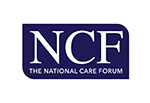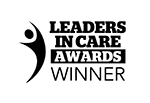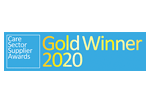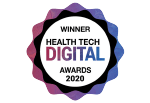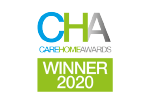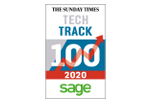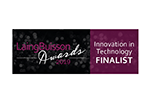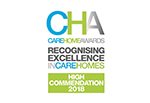Head and shoulders above the competition
About LifeCare
Internationally renowned and with over 30 years of experience dedicated to enriching the lives of residents, LifeCare is a family owned, independent group which was established first in New Zealand before opening sites in the UK and is committed to supplying unrivalled and outstanding care and quality of life across all its services. LifeCare currently operates three retirement villages in the UK and two nursing homes, with a third coming soon.
The retirement villages boast luxurious amenities such as a spa and swimming pools, gyms, a cinema room and beauty treatment room, private gardens and grounds, a chef-led restaurant, woodland walks and libraries. LifeCare’s nursing homes also offer 24-hour care, GP visits and access to occupational therapists that are complemented with facilities and services such as sensory gardens, room service, guest apartments, communal gardens and exercise classes to name a few.
Jonathon Leet, Director of Operations at LifeCare, explains why switching to Person Centred Software was the natural next step in their growth journey
When I came over from New Zealand to oversee the development of LifeCare’s first UK site in 2014, one of the first things we had to do was find a digital care planning system. LifeCare’s goal with both retirement villages and care homes is to provide a full continuum of care, so naturally we wanted to ensure that we were harnessing the latest technology available on the market to provide the absolute best care outcomes for residents wherever they are on their journey through care.
When we were searching for the best system to meet our needs, we found that regardless of how many different systems we looked at, none of them ticked every box matching our requirements. We looked at about 15 different possible providers and what we found was some of them were either too clinical and weighed down by unnecessary administrative work or other systems were far too much of a box-ticking exercise without a real sense of engagement in the process of recording a detailed care note that provides useful information. In other words, some did certain things, some did others, usually meeting about 50% of our criteria, but none met every part of our criteria.
This changed, however, when we came across the digital care planning system from Person Centred Software (PCS), which is now known as mCare.
After getting the chance to see how the system was being implemented and how the staff were using it, we were sold! Person Centred Software’s product offered everything we were looking for in a digital care planning system, so we decided to implement it at LifeCare’s first new build site, and London's very first luxury retirement village, Battersea Place, from the get-go.
Immediately, we were able to see the impact and the difference it was making. For example, with Grove Place, which is another of our retirement villages with a nursing home soon to be built too, there were challenges because of the sheer size of the site. Very often we would experience connectivity issues due to the lack of Wi-Fi in certain places, but despite this, mCare has worked perfectly because of its ability to be operated offline and then synced in real-time once internet is available, so in this sense we now have complete continuity of information and data coming into the system at all times of the day.

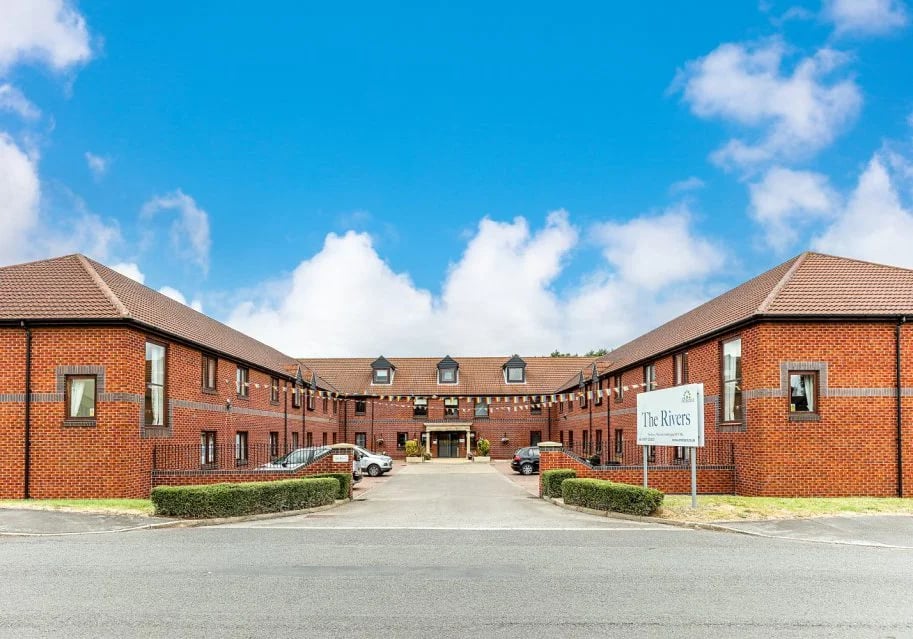
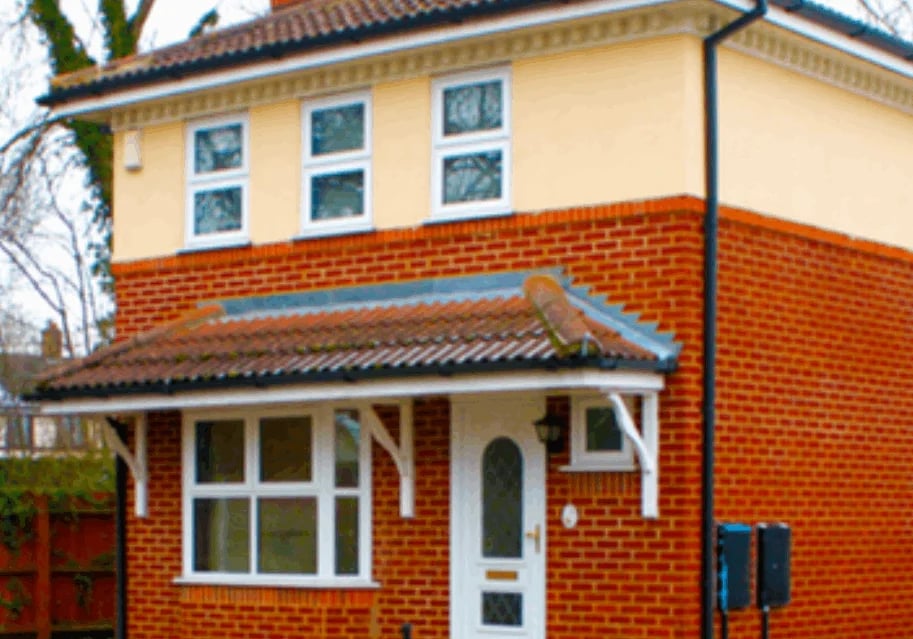

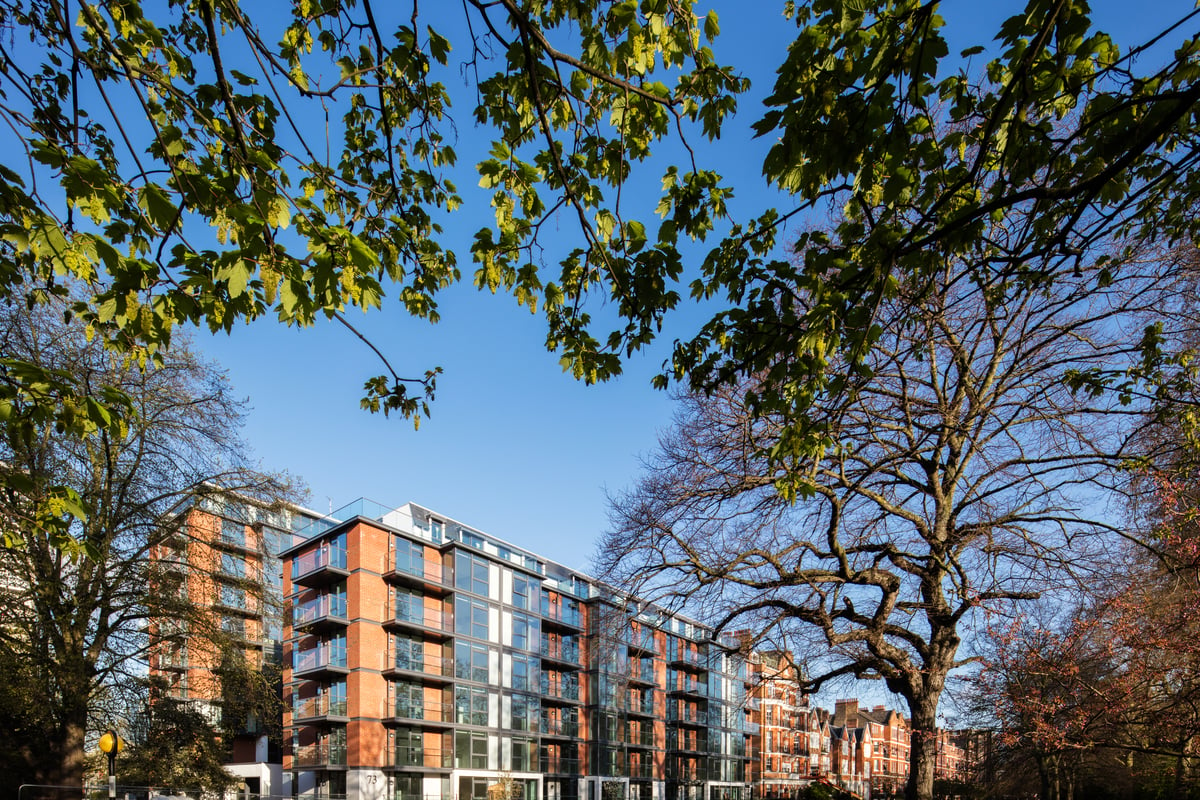

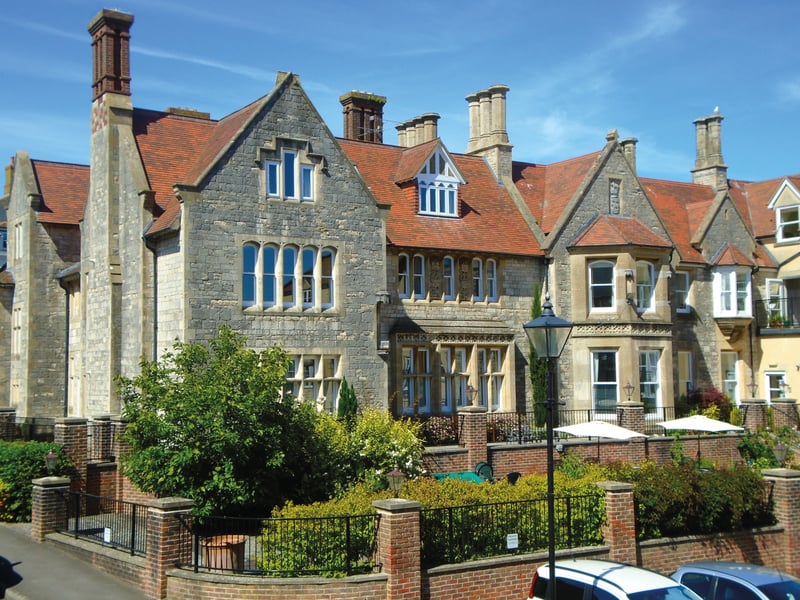
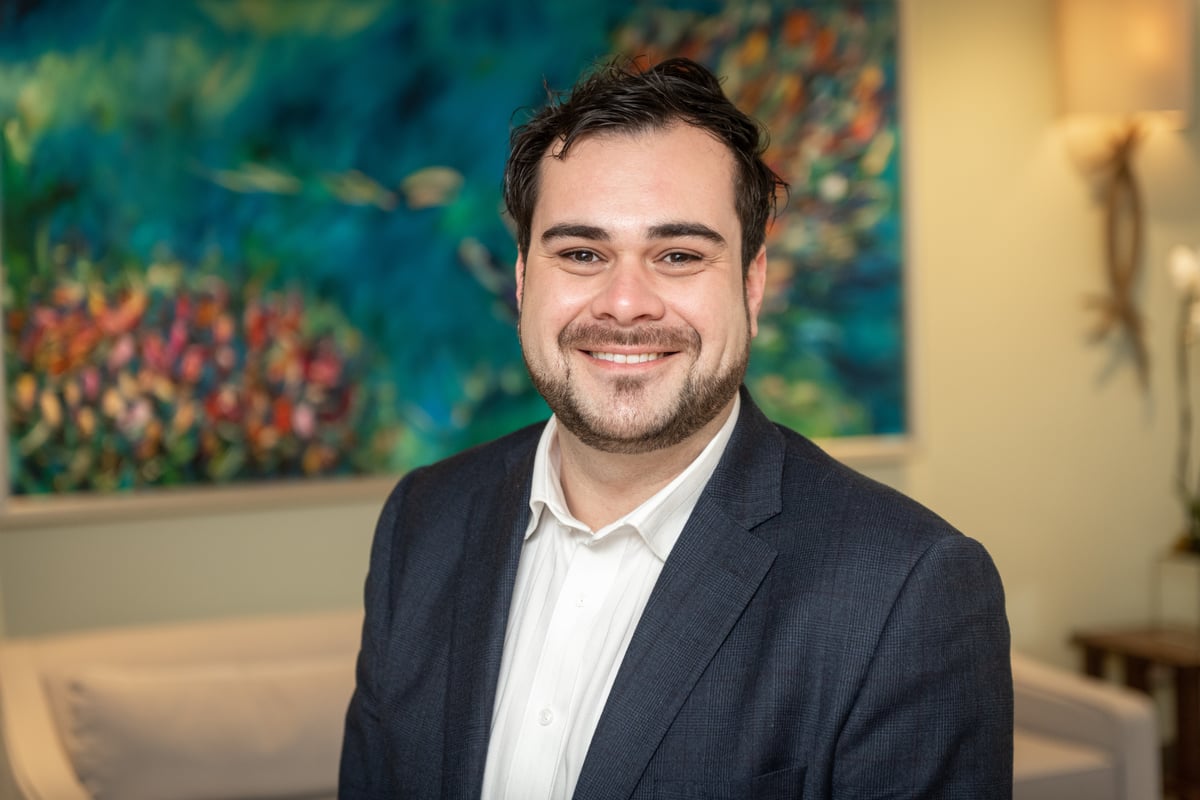
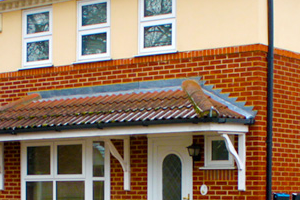
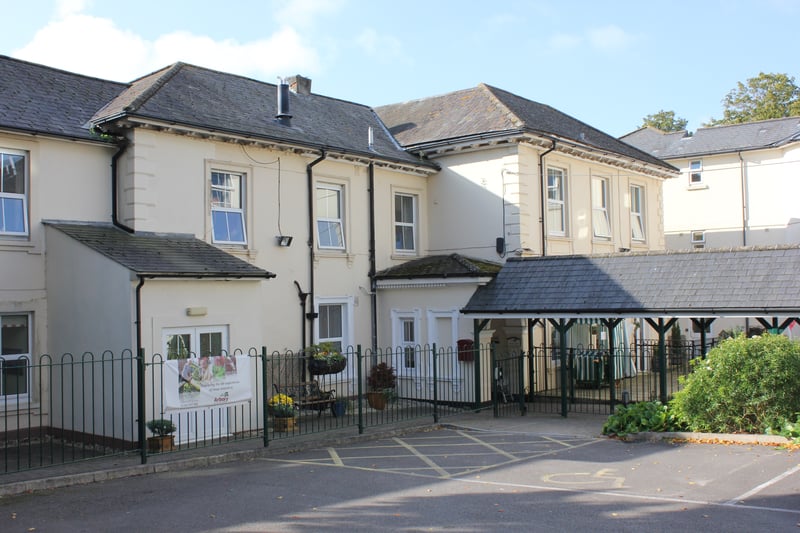
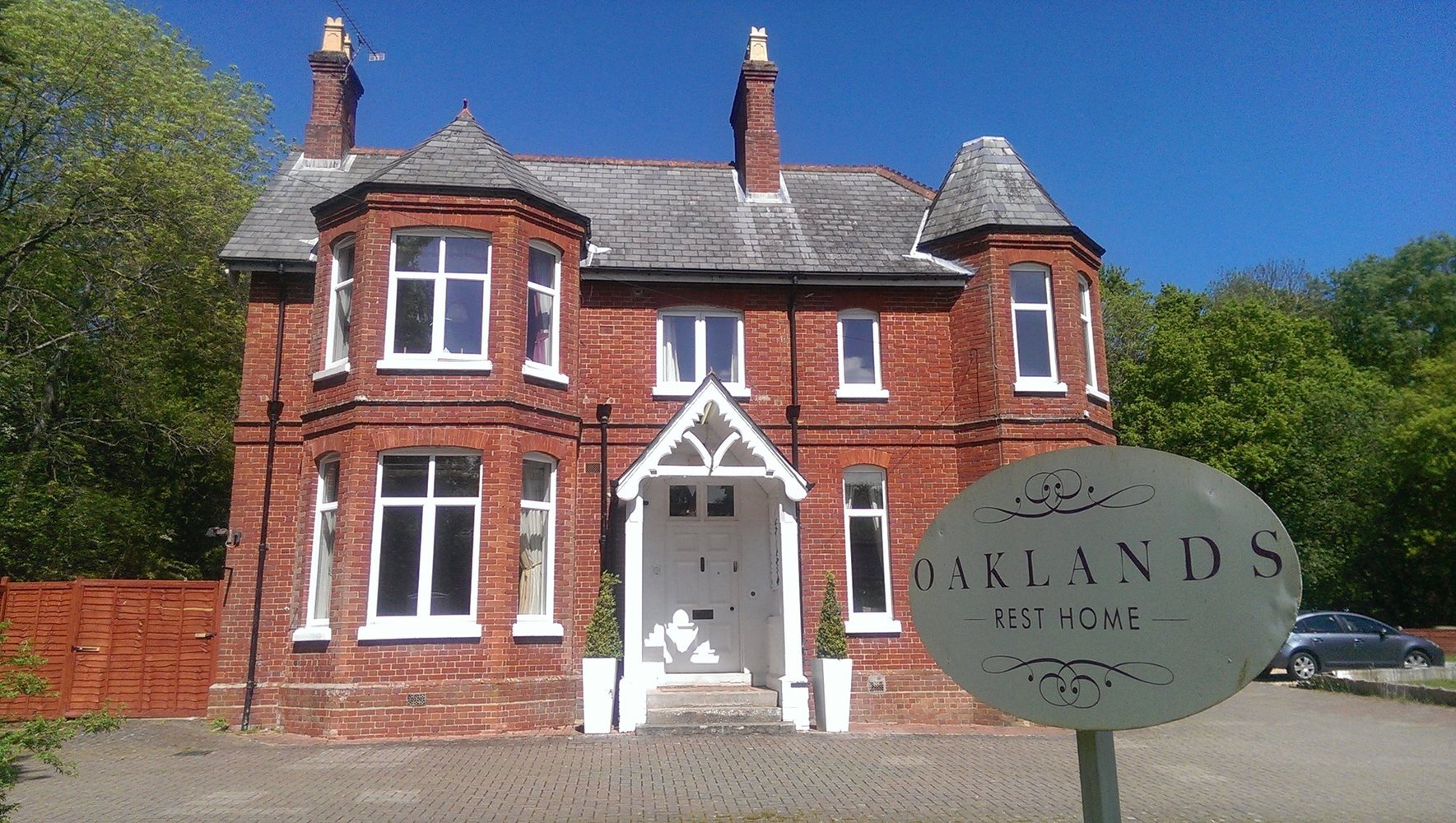

.webp?width=80&height=80&name=HTD%20Awards%202023%20Badge%20(4).webp)




